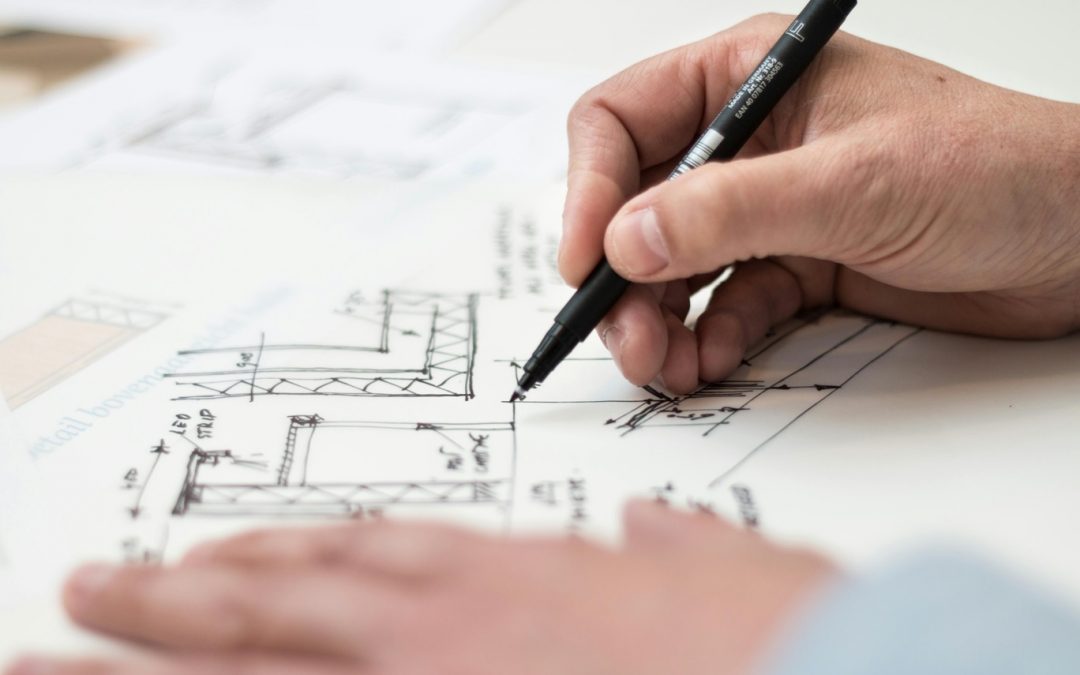Introduction
Incorporating sustainability into home design has become increasingly important as we strive to reduce our environmental impact and live more responsibly.
Sustainable home design isn’t just about creating aesthetically pleasing spaces; it’s about redefining our relationship with the environment. From energy-efficient appliances to eco-friendly building materials, sustainable home design not only helps protect the planet, but also creates healthier living environments for the people who inhabit them.
By prioritizing sustainable practices and incorporating green technology, homeowners can significantly decrease their carbon footprint. They can also contribute to a more sustainable future for generations to come.
Definition of sustainable practices in home design
Sustainable home design focuses on creating living spaces that minimize their environmental impact and promote the health and well-being of occupants. This includes using eco-friendly materials such as reclaimed wood, bamboo, and recycled glass, as well as energy-efficient systems like smart thermostats, LED lighting, and high-performance insulation. Incorporating renewable energy sources like solar panels and wind turbines further reduces the home’s carbon footprint.
Sustainable design trends for eco-friendly houses include reducing water consumption, sustainable product design for furniture and decor, and the use of renewable energy sources to power and heat the home.
Benefits of sustainable practices in reducing environmental impact
- Reduced carbon emissions: Sustainable practices help cut down on greenhouse gas emissions, mitigating climate change.
- Conservation of resources: By using resources efficiently and responsibly, sustainable practices help preserve vital natural resources like water and forests.
- Minimized pollution: Implementing eco-friendly methods reduces pollution levels, improving air and water quality.
- Promotion of renewable energy: Embracing sustainable energy sources such as solar and wind power reduces reliance on fossil fuels and promotes cleaner energy alternatives.
- Improved public health: By reducing exposure to harmful pollutants and toxins, sustainable practices contribute to healthier communities.
- Encouragement of innovation: Sustainable practices drive innovation in technology and business models, fostering solutions to environmental challenges.
- Long-term economic viability: Investing in sustainability ensures a more stable and resilient economy by reducing resource depletion and environmental risks.
8 Sustainable Home Design Ideas
Passive Solar Design
Passive solar design strategically utilizes the building’s orientation, window placement, and shading to maximize natural light and heat during winter months while minimizing excessive heat gain in summer. By harnessing solar energy passively, homeowners can reduce their reliance on artificial heating and cooling systems. This results in a smaller carbon footprint while creating a comfortable indoor environment year-round. According to Jasen Edwards from Agent Advice “passive solar design is more than just harnessing sunlight; it’s about intelligently using nature’s resources to create sustainable homes that benefit both homeowners and the planet. “
Energy-Efficient Appliances
Energy-efficient appliances are essential components of sustainable home design. By selecting appliances with high Energy Star ratings, homeowners can significantly reduce electricity consumption and lower utility bills. These appliances are designed to operate more efficiently, using less energy while delivering the same level of performance. Investing in energy-efficient appliances not only benefits the environment by reducing greenhouse gas emissions but also saves money in the long run through decreased energy costs.
Renewable Energy Systems
Integrating renewable energy systems such as solar panels or wind turbines into home design is a cornerstone of sustainable living. By generating clean energy on-site, homeowners can significantly reduce their reliance on fossil fuels and grid-based electricity. These renewable energy sources not only lower carbon emissions but also offer increased energy independence.
Rainwater Harvesting Systems
Rainwater harvesting systems are integral to sustainable home design, allowing homeowners to collect and store rainwater for various non-potable uses such as irrigation, flushing toilets, and washing clothes. By capturing rainwater that would otherwise runoff, these systems help conserve freshwater resources and reduce strain on municipal water supplies. In a cities where water conservation is crucial, incorporating artificial turf in Atlanta for instance,can significantly reduce water usage while maintaining aesthetically pleasing outdoor spaces.
Eco-Friendly Materials
Opting for sustainable materials like bamboo, recycled glass, and reclaimed wood minimizes environmental impact by reducing reliance on resource-intensive and non-renewable materials. By choosing these alternatives, homeowners contribute to preserving natural resources and minimizing pollution associated with traditional construction materials.
Green Roofs
Installing green roofs with vegetation offers multiple environmental benefits. Not only do they improve insulation, reducing heating and cooling costs, but they also absorb rainwater, reducing stormwater runoff and pressure on drainage systems. Additionally, green roofs help mitigate the urban heat island effect by providing natural cooling and increasing green space in urban areas.
Efficient Insulation
Utilizing high-quality insulation materials is crucial for maintaining comfortable indoor temperatures while reducing energy consumption. Effective insulation minimizes heat loss during winter and heat gain in summer, resulting in lower energy needs for heating and cooling. By investing in efficient insulation, homeowners can enhance comfort, reduce energy bills, and decrease their environmental footprint.
Smart Home Technology
Smart home technology: Incorporating smart thermostats, lighting systems, and energy monitors enables homeowners to optimize energy usage and reduce waste. Smart thermostats can learn household patterns and adjust heating and cooling accordingly, maximizing efficiency. Similarly, smart lighting systems use sensors to automatically adjust lighting levels, reducing unnecessary energy consumption. Energy monitors provide real-time insights into energy usage.
In Conclusion
Incorporating sustainable home design practices offers a myriad of benefits that extend far beyond individual households. By embracing these principles and adopting eco-friendly technologies, homeowners can make a significant contribution to a more sustainable world in the future.

Recent Comments